While politicians tout progress, the underlying reality is far bleaker—Britain’s economic foundation is crumbling beneath the surface.
1. Wage Stagnation Haunts Workers

The average real wage in the UK remains below pre-2008 levels, with inflation eating away at pay increases. According to the Office for National Statistics (ONS), regular pay, adjusted for inflation, fell by 1.3% in early 2024.
2. Austerity’s Lingering Ghost
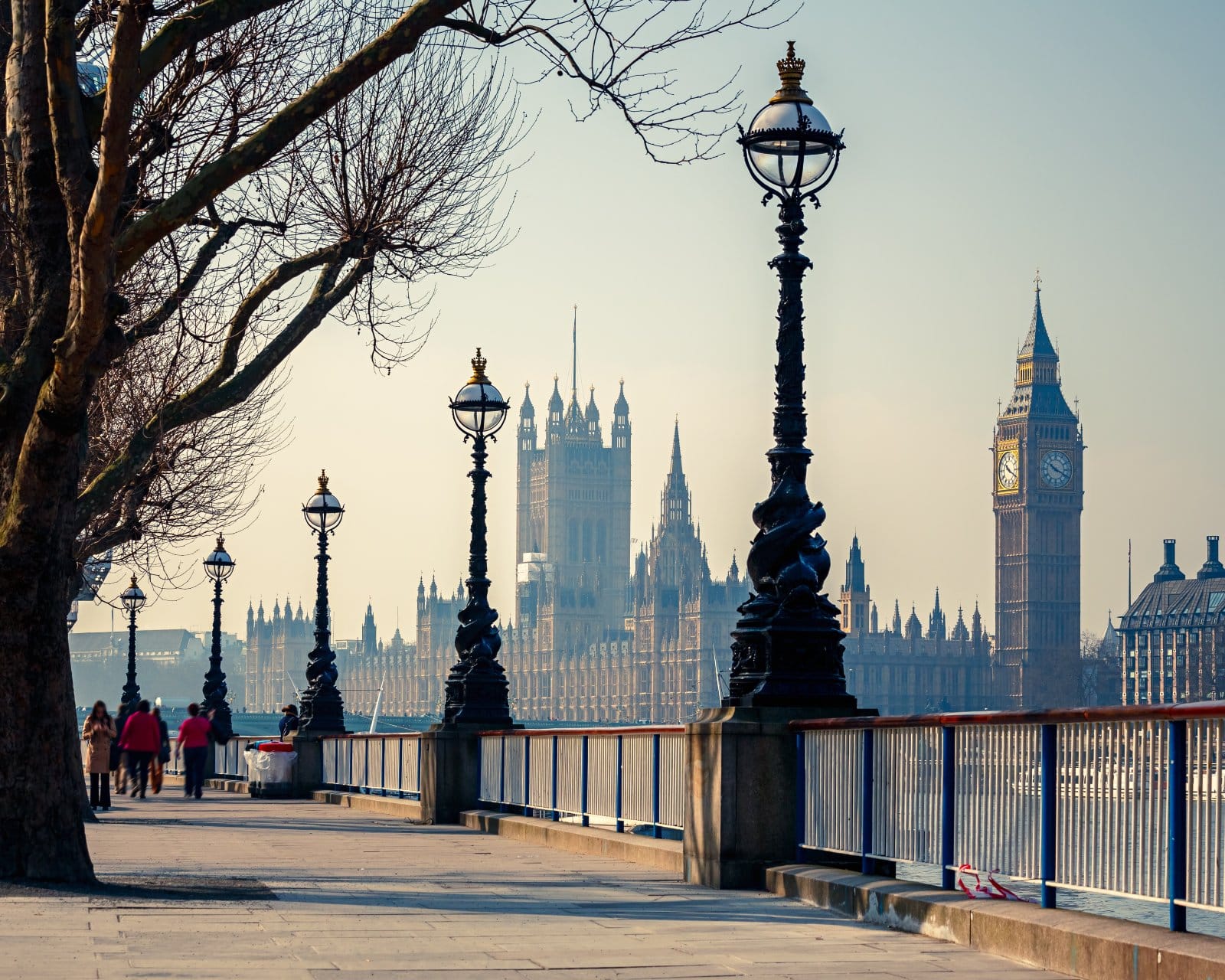
The decade of austerity under Conservative governments has left public services strained, with local councils across England facing a combined budget shortfall of £3 billion by 2025, according to the Local Government Association.
3. Energy Poverty on the Rise
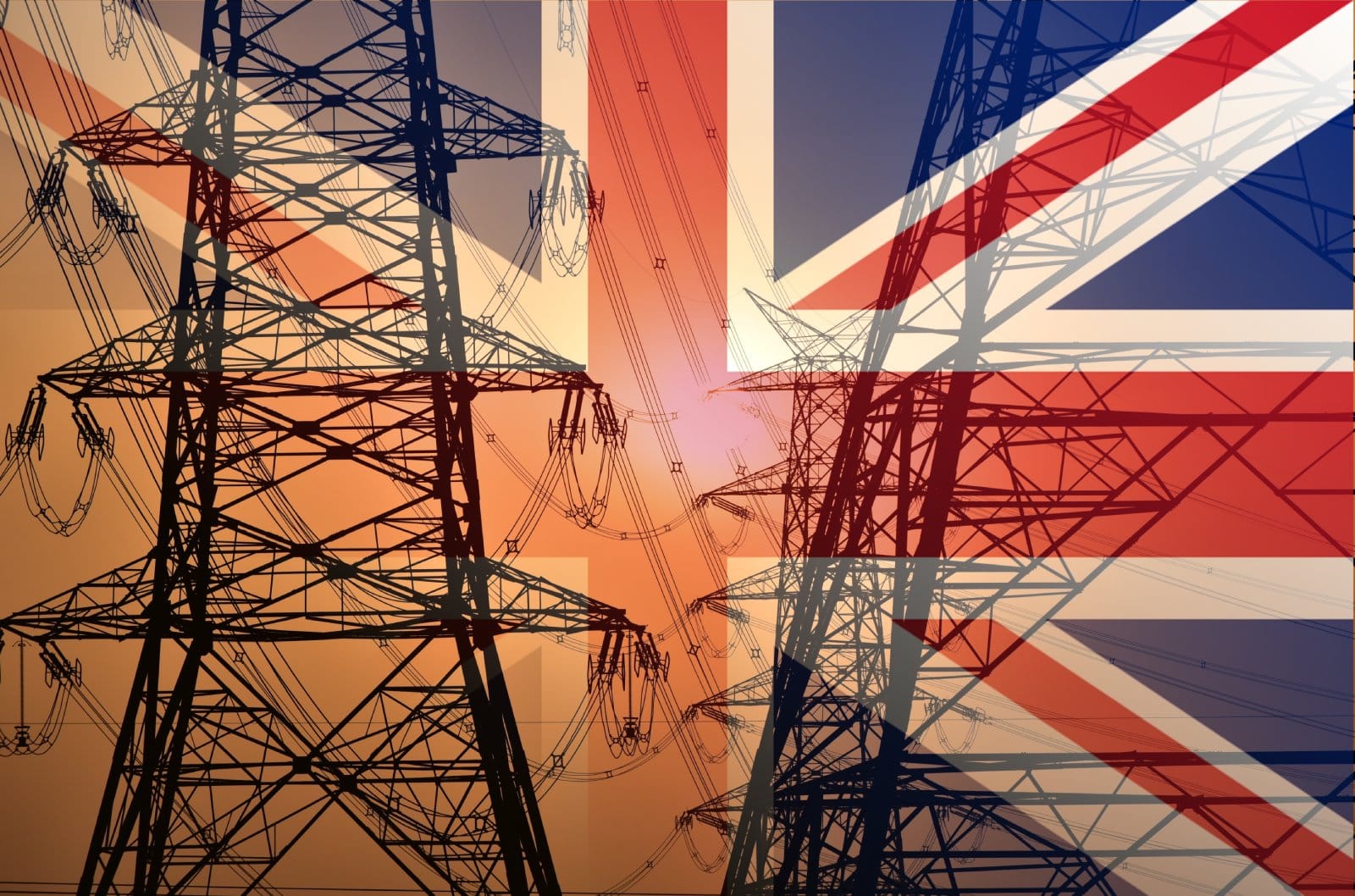
Despite the so-called energy price cap, over 6.5 million UK households are expected to be in fuel poverty by the end of 2024. Citizens Advice reports that more than 25% of people have had to cut back on essentials like food to afford their energy bills.
4. London’s Bubble vs. the Rest

While London’s economy has largely bounced back post-pandemic, other parts of the UK remain mired in slow growth. In 2023, London’s GDP grew by 5.3%, while the North East grew by just 0.9%, per data from the Centre for Cities.
5. Housing Crisis Still Unresolved

House prices remain unaffordable for many, with the average house price in London now over £540,000. A report by the National Housing Federation revealed that nearly 8 million people in England are living in unaffordable, insecure, or unsuitable homes.
6. Shrinking Retail Sector

The high street is in decline, with 17,000 shops closing in 2023 alone. The British Retail Consortium warned that rising costs and lower consumer spending are set to trigger even more closures in 2024.
7. Food Bank Usage Hits Record High
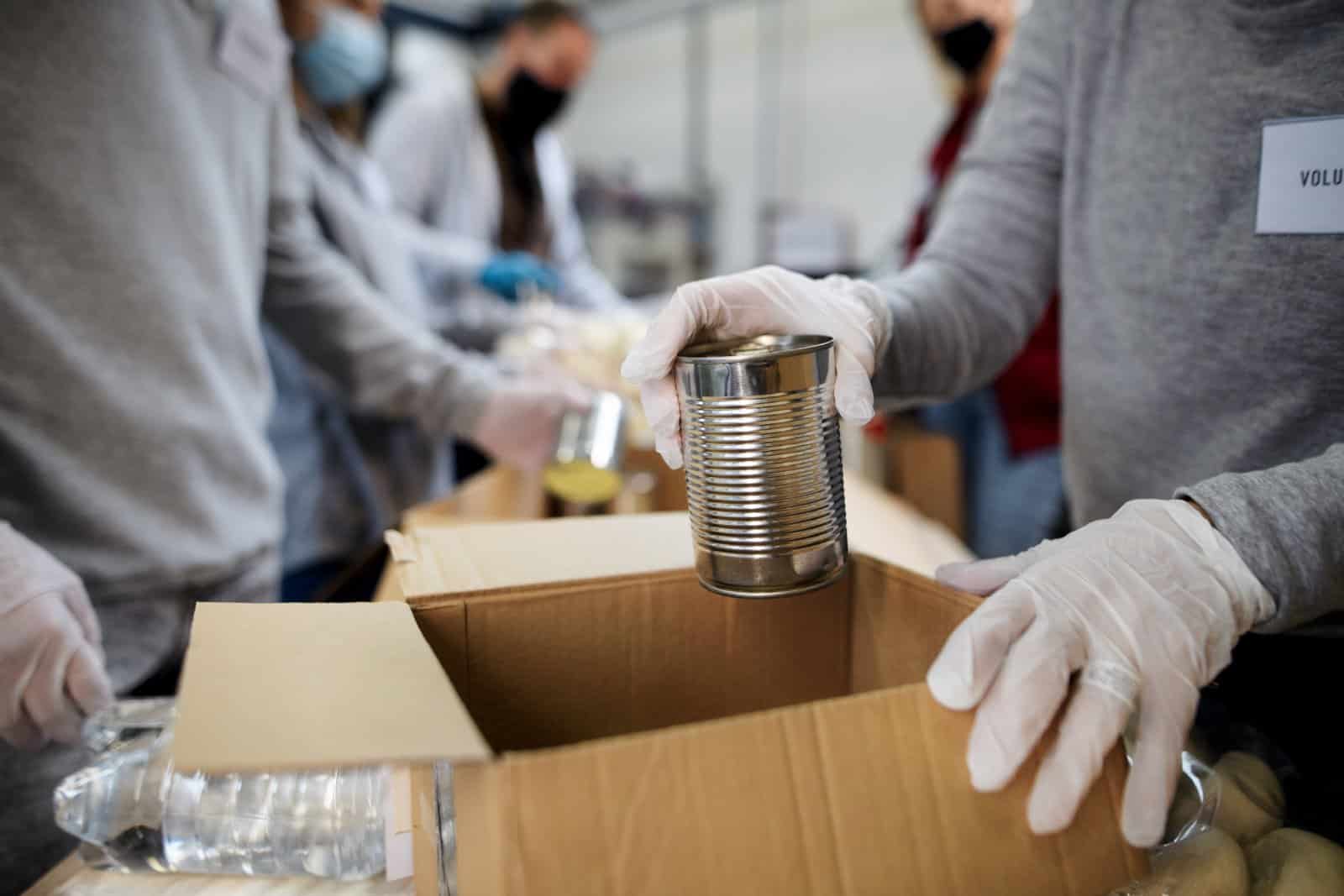
The Trussell Trust, a leading food bank charity, reported that nearly 3 million emergency food parcels were distributed between April 2023 and March 2024, a 37% increase compared to the previous year. The cost-of-living crisis continues to push families into poverty.
8. Crippling Childcare Costs

UK parents are paying among the highest childcare costs in the world, with the average family spending 30% of their income on childcare, according to a report from the OECD. This is nearly three times the average cost for families in Germany and France.
9. Rising Interest Rates Hit Borrowers

With the Bank of England’s base rate now at 5%, homeowners and businesses are feeling the pinch. The Financial Conduct Authority (FCA) estimates that more than 750,000 households could fall behind on mortgage payments by the end of 2024.
10. Stretched NHS Struggles to Cope

The NHS is on life support, with record waiting times and a staffing crisis. The King’s Fund reports that over 7 million people are waiting for treatment, while the nursing workforce has seen a shortfall of 45,000 in 2023 alone.
11. Transport Woes Continue
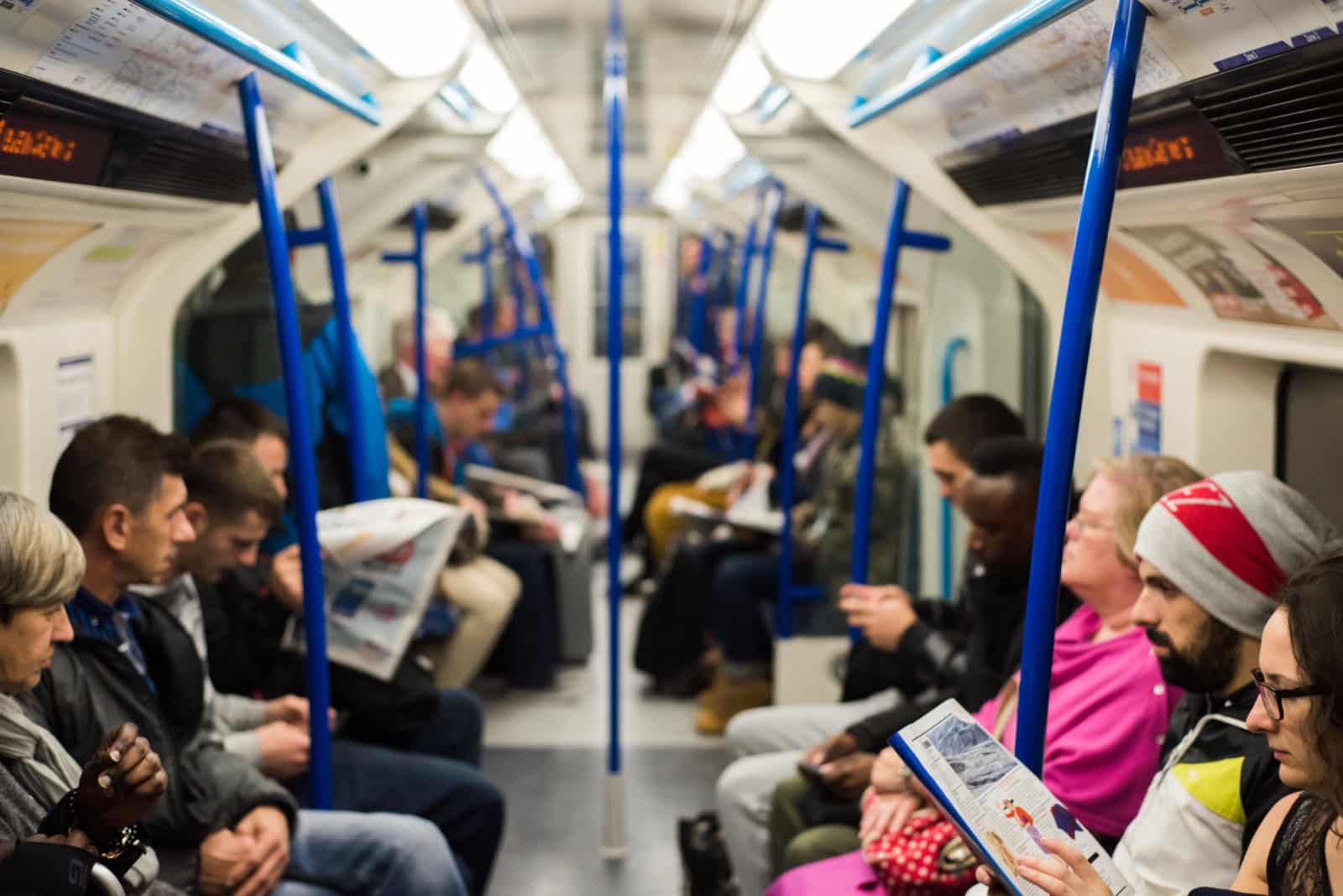
Despite promises of levelling up, rail services outside London remain abysmal. Northern Rail, for instance, recorded a 60% rise in delays in 2023, leaving commuters in cities like Manchester and Leeds struggling with unreliable transport.
12. Tech Sector Growth Masks Broader Issues

The UK’s tech sector, particularly in London, is booming, but this masks a broader economic stagnation. According to Tech Nation, the sector grew by 7.6% in 2023, but other sectors, including manufacturing, saw a decline.
13. Inflation Remains Stubbornly High

Inflation, though down from its 2022 peak, remains a persistent problem at 6.3% as of August 2024, according to the Bank of England. Food prices have surged by 18% over the past year, squeezing households further.
14. Youth Unemployment Creeps Up

Youth unemployment is rising, with 10.8% of 16-24-year-olds out of work as of mid-2024, per ONS data. The Resolution Foundation warns that young people are bearing the brunt of post-pandemic economic instability.
15. Brexit’s Economic Fallout Lingers

Brexit continues to cast a shadow, with UK trade volumes still below pre-2020 levels. The Office for Budget Responsibility (OBR) forecasts that the UK economy will be 4% smaller in the long run due to Brexit.
16. Public Debt Levels Climb
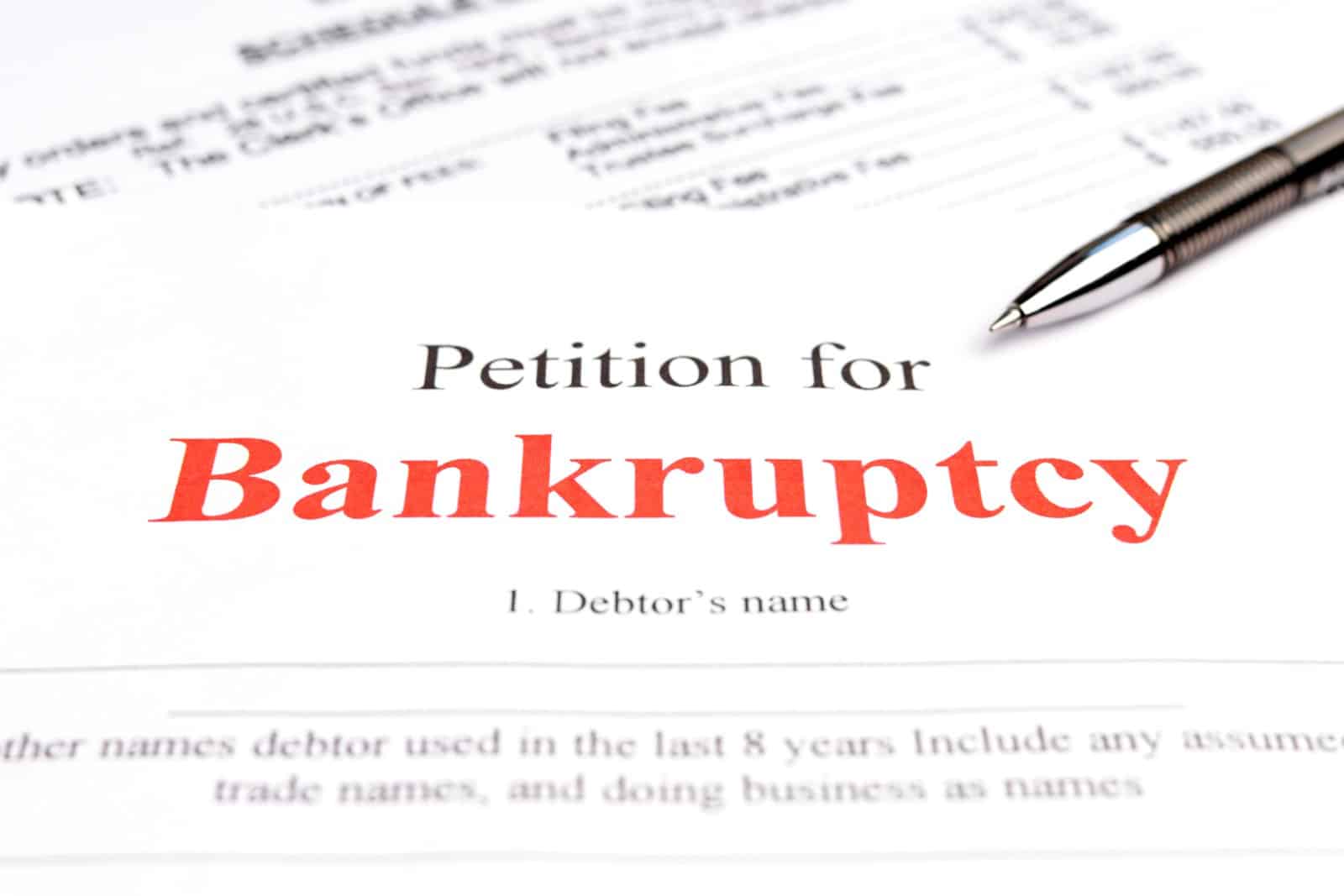
UK public debt surpassed £2.6 trillion in 2024, equivalent to 101% of GDP, the highest level since the 1960s. The Institute for Fiscal Studies (IFS) warns that this could lead to future tax rises or spending cuts.
17. Uncertain Business Investment

Business investment remains weak, with many firms holding off due to economic uncertainty. The Confederation of British Industry (CBI) reported a 2.5% decline in business investment in Q2 2024, driven by concerns over rising costs and political instability.
18. Regional Inequality Deepens

The gap between the North and South continues to widen, with cities like Bradford and Sunderland seeing significantly higher levels of poverty than their Southern counterparts. A 2024 report from the Joseph Rowntree Foundation highlighted that poverty rates in the North East are double those in the South East.
19. Unaffordable Public Transport

Public transport costs are skyrocketing, with train fares rising by an average of 5.9% in January 2024, the highest increase in a decade. The Campaign for Better Transport noted that the cost of commuting has become unaffordable for many, pushing people back into cars.
20. Education Cuts Hurt the Future

Schools across the UK are facing budget cuts, leading to larger class sizes and fewer resources. The National Education Union (NEU) reported that over 50% of schools have had to cut staff in 2023 to balance their budgets, putting students’ education at risk.
End of the Line or New Beginnings?
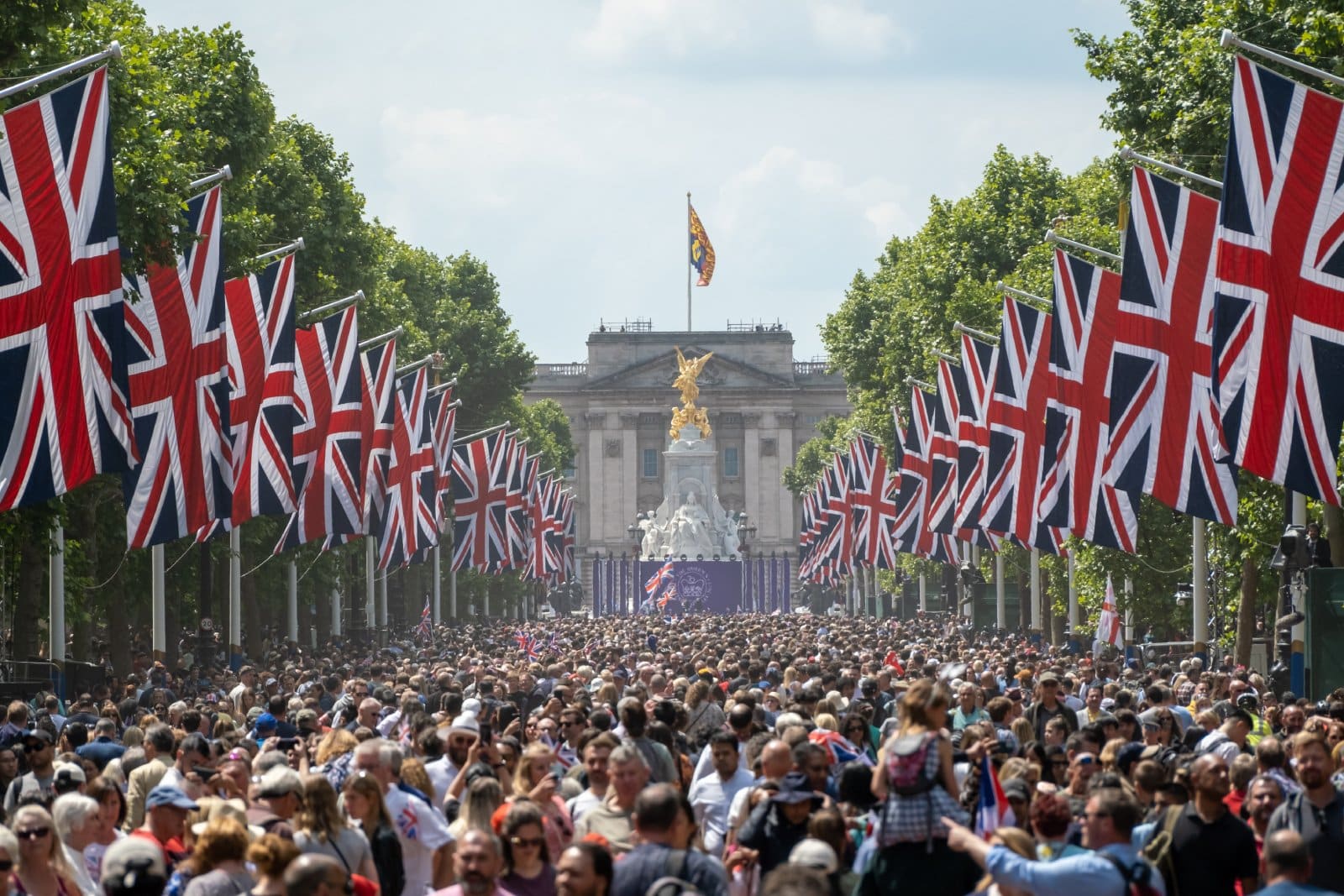
How long can the government paper over these cracks before they burst open? Is there a plan to fix this fragile economic foundation, or are we simply hoping it doesn’t collapse entirely? Time, as always, will tell.
Featured Image Credit: Shutterstock / Elena Rostunova.
For transparency, this content was partly developed with AI assistance and carefully curated by an experienced editor to be informative and ensure accuracy.
The images used are for illustrative purposes only and may not represent the actual people or places mentioned in the article.

